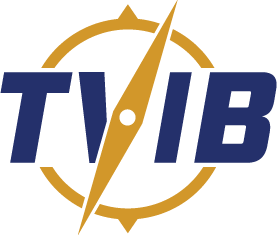TVIB Training Update: Annual Survey of Towing Vessels Course to be held Virtually
Course Summary:
The Annual Survey of Towing Vessels VIRTUAL course is open to those members and non-members. It provides surveyors with the knowledge and skills required to perform TVIB TPO Subchapter M annual surveys of towing vessels. It has been designed to teach those who will be performing surveys as a part of an internal survey program, as well as those surveyors who wish to hold the credential to perform external surveys for TVIB. Everyone who successfully completes the course will receive a course completion certificate. This course is the surveying course required for those individuals seeking the TVIB Certified Subchapter M Surveyor for Annual Surveys credential.
